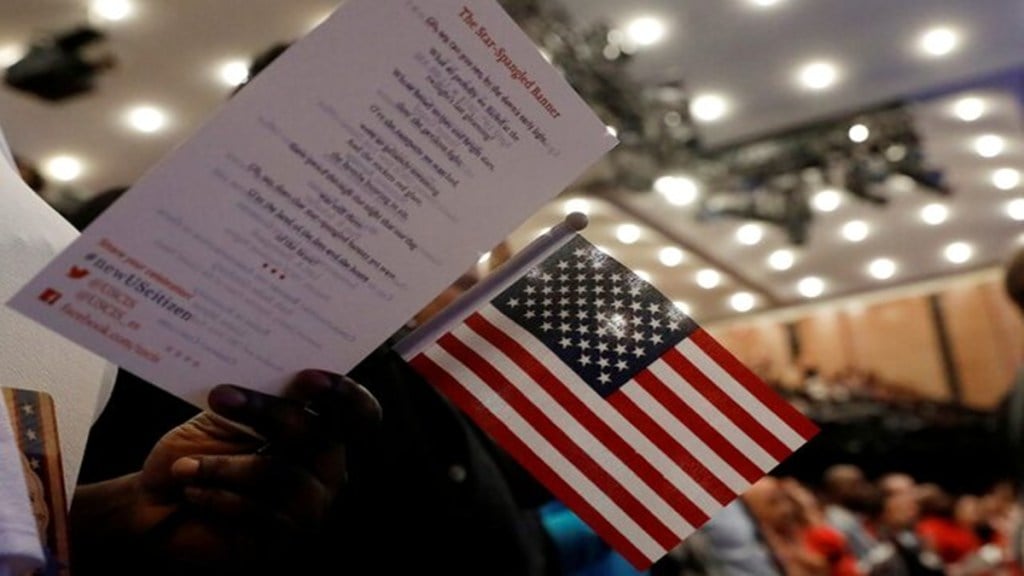The wait time for the US Green Card has increased for Indians seeking to secure a lawful immigrant status in America. A US Green Card officially known as a Permanent Resident Card allows foreigners to live and work permanently in the United States.
Once foreigners establish a basis for immigration, they may apply for green cards or the immigrant status in one of two ways. The traditional method is to apply for an immigrant visa at a U.S. consular office abroad. The second option, for those who are already in the United States, is to apply for adjustment of status.
The Department of State (DOS) regulates allocation of visas and estimates how many immigrant visas will be available and publishes the results in a monthly Visa Bulletin.
The US visa bulletin for April 2025 shows that the EB-5 visa Unreserved category for Indian green card applicants has retrogressed by over two years. From January 1, 2022, the final action date for employment-based preferences cases has been retrogressed to November 1, 2019.
An increased demand for EB-5 Visa in the unreserved category has been witnessed which has led to the retrogression. The US Visa bulletin for April states – Increased demand and number use by China and India in the EB-5 unreserved visa categories, combined with increased Rest of World demand and number use, made it necessary to retrogress the final action dates to hold number use within the maximum allowed under the FY-2025 annual limits.
For 5th Set Aside Rural, 5th Set Aside High Unemployment and 5th Set Aside Infrastructure categories, the dates remain Current. If a category is designated “current,” all applicants in the relevant category may file applications, regardless of priority date.
Retrogression happens when the cut-off dates that govern visa availability shift backward rather than forward.
At the beginning of each month, each consular office reports the total number of documentarily qualified immigrant visa applicants to the Visa Office (VO). Those individuals who have obtained all documents required to meet the formal visa application requirements as specified by their consular office, and, for those applicants, the consular office has completed the necessary processing procedures, are the Documentarily qualified applicants.
Steps Taken for Visa Cut-off Dates
- Each month the VO compares the number of reported documentarily qualified applicants with the visa numbers available for the next regular allotment.
- The VO also considers past visa demand, estimates of future visa demand and return rates, and estimates of USCIS demand based on cut-off date movements.
- Then, the VO establishes the cut-off dates for the following month, publishes them in the Visa Bulletin, and notifies consular posts.
- Applicants, including those overseas, use the Visa Bulletin to determine when their visa will become current.
When the demand for Visas in each category is low, this process works fine. But, when the demand exceeds the number of available visas, the Department of State has to retrogress cut-off dates to ensure that the supply of visas lasts for the year. If retrogression happens, applicants have to wait longer than anticipated for their priority date to become available.
The April 2025 US visa bulletin shows exactly this as the deadline for employment-based preference cases has been moved back to November 1, 2019, effective January 1, 2022, a little over two years.
